Vertical gardening with edible plants is a wonderful way to grow your own food, especially when space is limited. By utilizing vertical space, such as walls, trellises, and fences, you can cultivate a variety of herbs, and vegetables.
This method not only maximizes space but also makes plant management and harvesting easier.
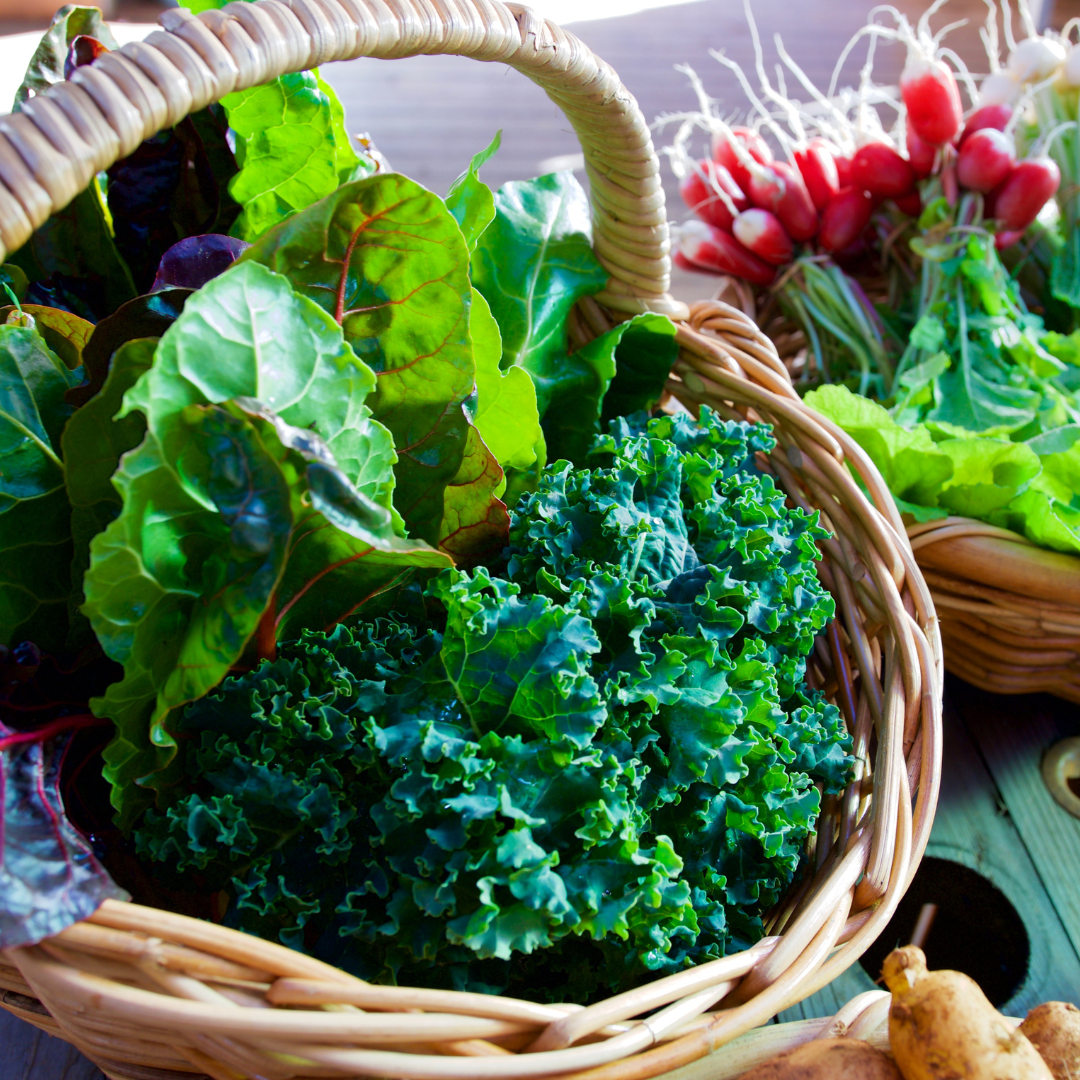
Let’s explore the various aspects of vertical gardening with edible plants, from selecting the right plants to setting up your garden and maintaining it for a bountiful harvest.
Choosing the Right Edible Plants
When it comes to vertical gardening, selecting the right plants is crucial. Not all plants are suitable for vertical growth, so it’s important to choose those that can thrive in this setup.
Must read➡️Here is how to choose the right plants!
Herbs
Herbs are excellent for vertical gardening due to their compact size and ease of growth.
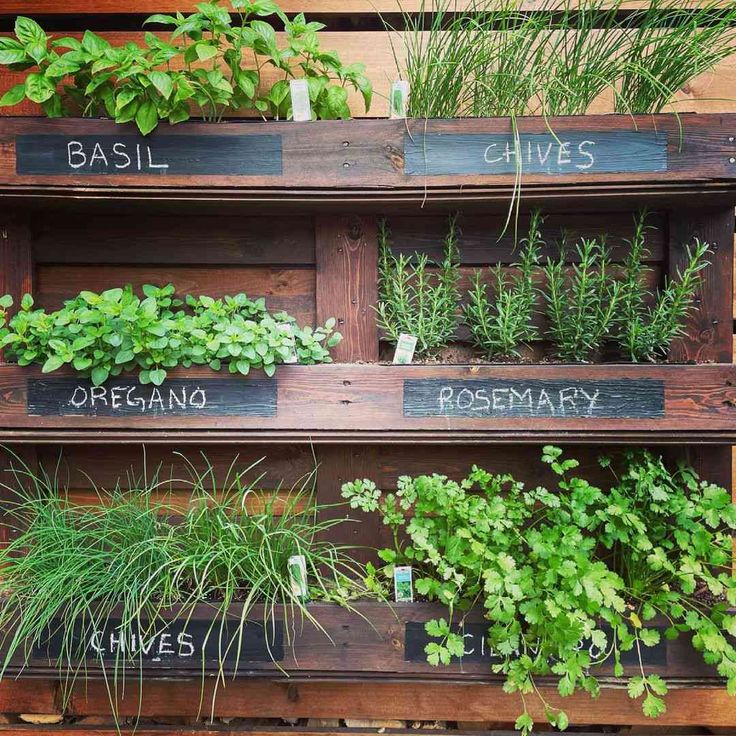
Basil is a favorite among gardeners for its aromatic leaves and versatility in cooking. It thrives in warm conditions and requires plenty of sunlight.
Mint is another great choice, though it tends to spread quickly. Planting it in its own container can help manage its growth.
Thyme, parsley, and oregano are other herbs that do well in vertical gardens and add wonderful flavors to a variety of dishes.
Leafy Greens
Leafy greens like spinach, lettuce, and kale are perfect for vertical gardening. These plants grow quickly, require minimal soil, and can be harvested multiple times.
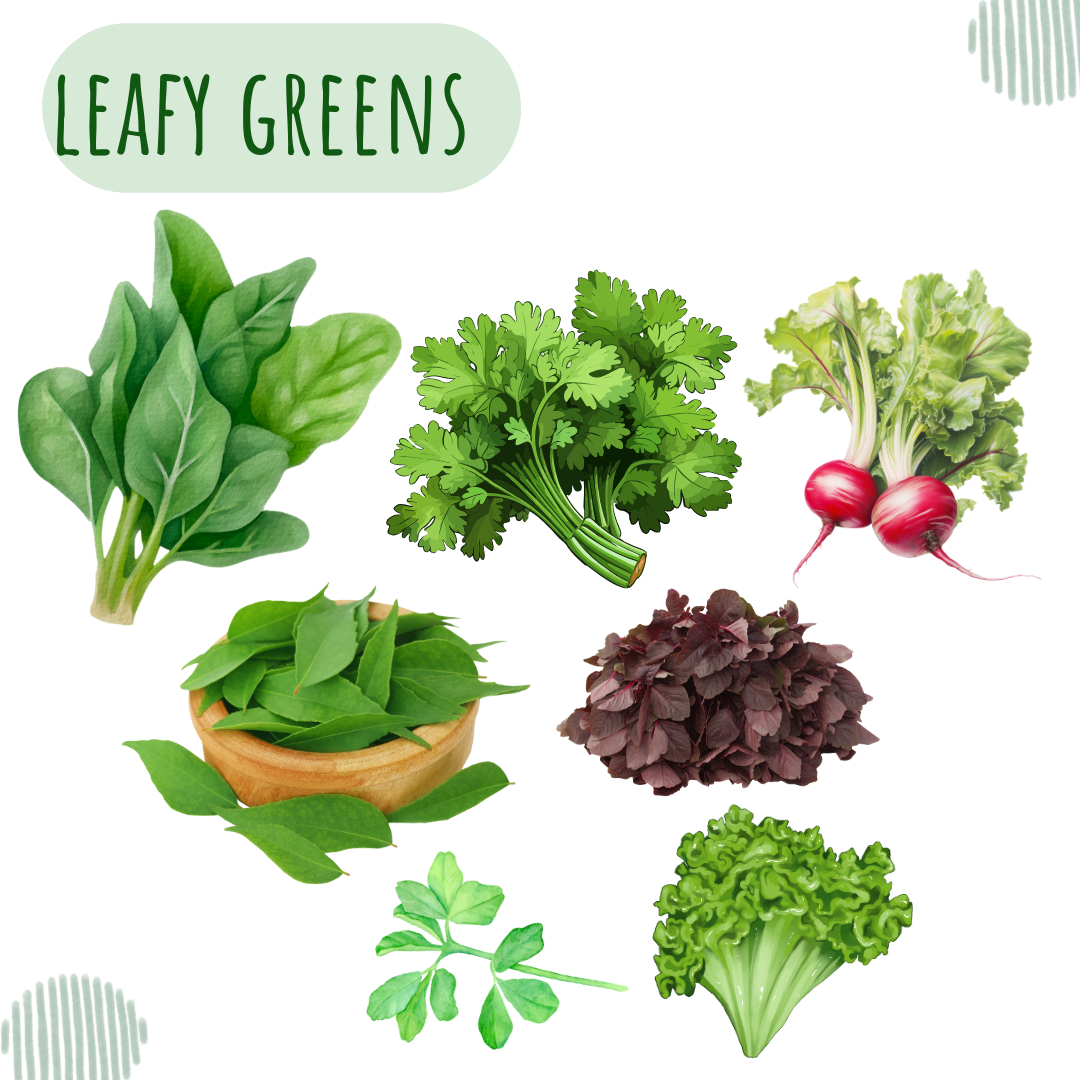
Spinach is particularly nutritious and grows well in cooler weather, making it a great choice for early spring or fall gardens.
Lettuce is another favorite, offering a continuous supply of fresh leaves for salads.
Kale is hardy and can be harvested throughout the growing season, providing a steady supply of nutritious greens.
Vegetables
Many vegetables can be successfully grown in a vertical garden. Tomatoes are a staple in many gardens and do exceptionally well when supported by a trellis or cage.
Cherry tomatoes are ideal for vertical gardening, producing an abundance of fruit in a small space.
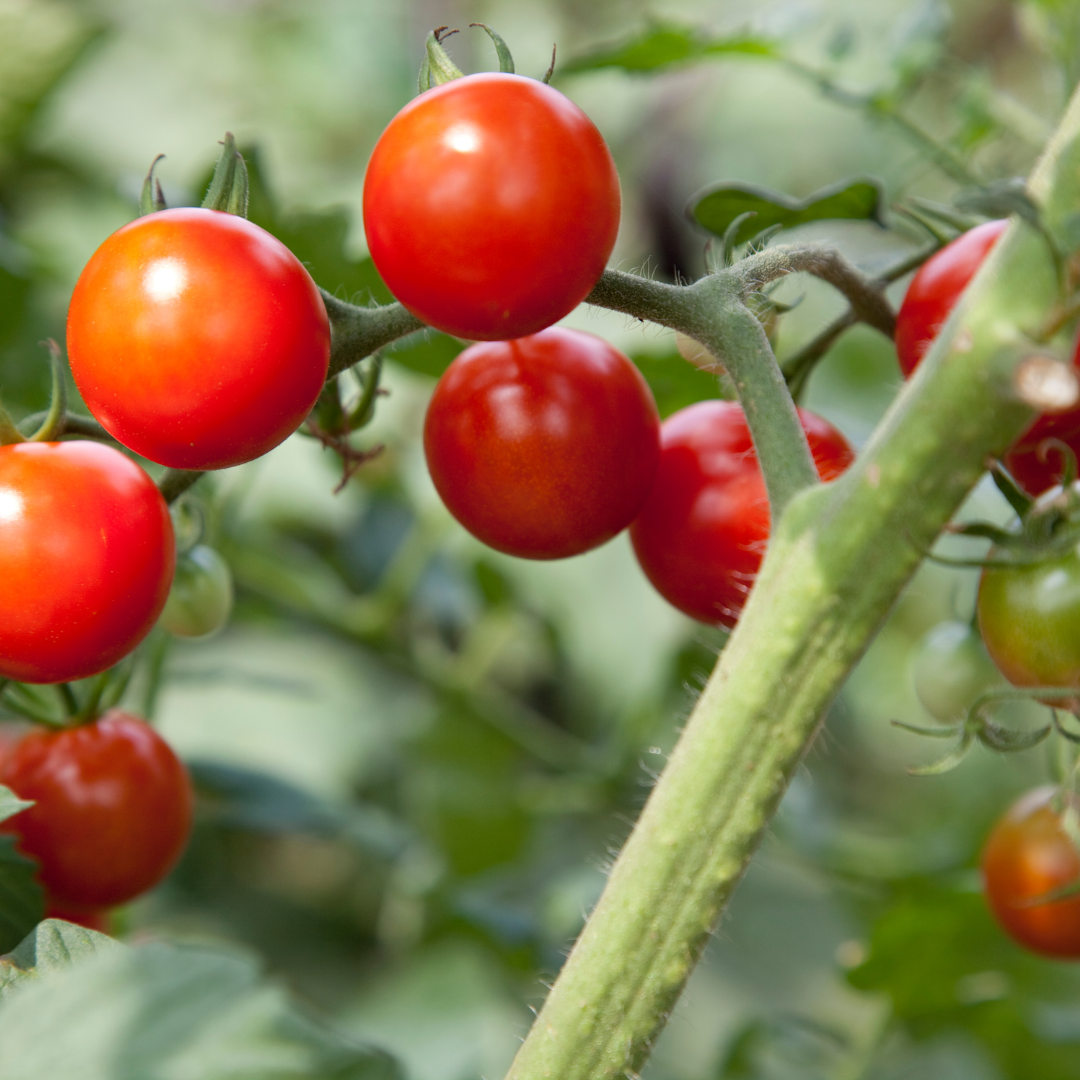
Cucumbers are natural climbers and can be trained to grow up a trellis, saving ground space and keeping the fruit off the soil, which reduces the risk of rot and pests.
Peppers, both sweet and hot varieties, can also be grown vertically and benefit from the support of a trellis, which helps to prevent the plants from falling over as they grow heavier with fruit.
Small Fruits
Small fruits like strawberries and dwarf varieties of blueberries are well-suited for vertical gardens.
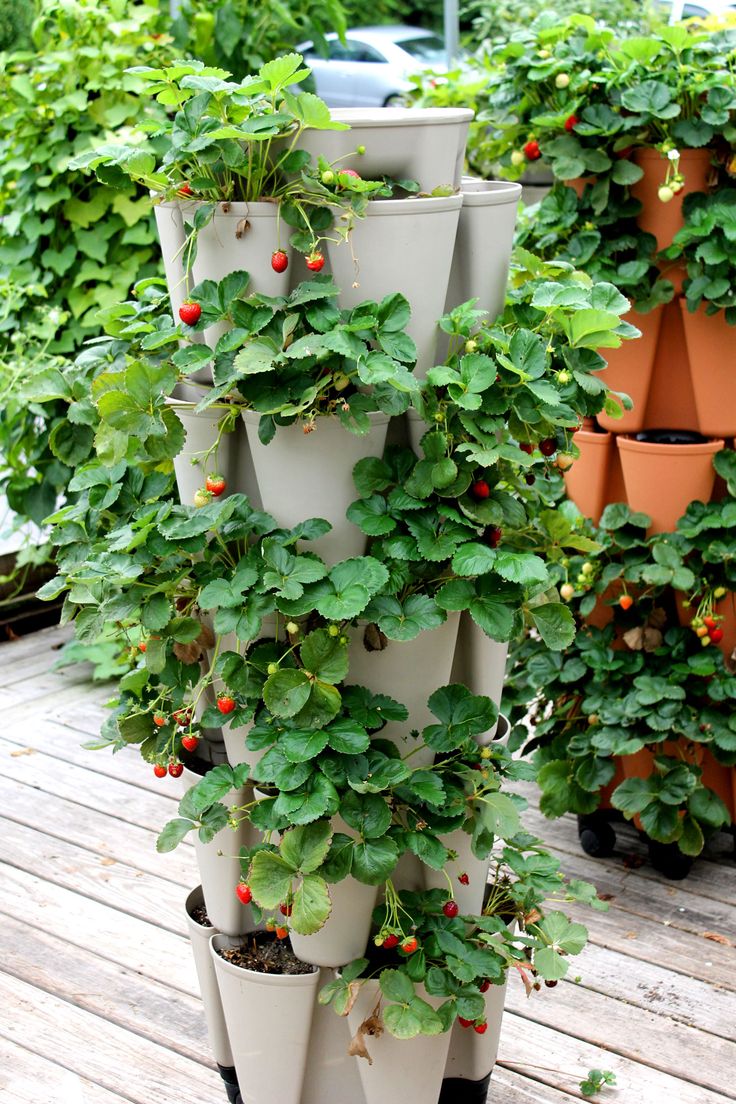
Strawberries can be planted in pockets or containers attached to a vertical structure, making it easy to pick the ripe berries.
Dwarf blueberries are compact and can be grown in pots arranged vertically. These fruits not only save space but also add a sweet touch to your garden, providing delicious fresh produce right at your fingertips.
Setting Up Your Vertical Garden
Creating a successful vertical garden involves careful planning and selecting the right materials. Here are some essential steps to help you set up your vertical garden.
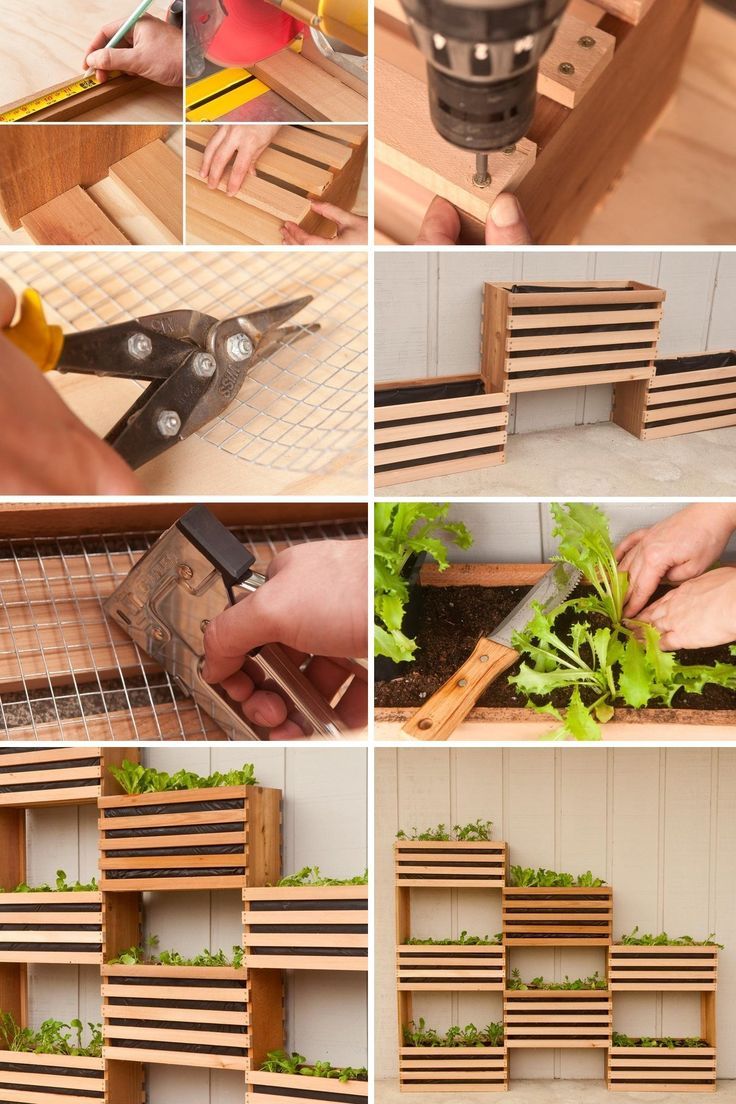
Selecting the Structure
The structure of your vertical garden is the foundation of its success. There are various options to choose from, including wall-mounted planters, trellises, and vertical garden kits.
Wall-mounted planters are ideal for herbs and small plants, providing easy access and efficient use of vertical space.
Trellises are perfect for climbing plants like cucumbers and tomatoes, offering support and encouraging upward growth. Vertical garden kits are versatile and can be customized to fit your space and plant needs.
Ensure the structure is sturdy enough to support the weight of the plants, soil, and water.
Choosing the Right Soil
Soil quality is crucial for the health and growth of your plants. Use high-quality, well-draining soil to provide the best environment for your edible plants.

Adding compost to your soil mix can improve fertility and help retain moisture, which is essential for plant growth. It’s also important to consider the specific needs of each plant type.
Some plants, like herbs, thrive in sandy, well-drained soil, while others, like leafy greens, prefer soil that retains more moisture.
Irrigation System
An efficient irrigation system is key to maintaining a healthy vertical garden. Drip irrigation and soaker hoses are excellent choices, ensuring even water distribution and minimizing water wastage.

These systems deliver water directly to the plant roots, reducing the risk of overwatering and promoting deep root growth.
Regularly check your irrigation system to ensure it’s functioning properly and adjust it as needed based on the weather and the specific water needs of your plants.
Maintaining Your Vertical Garden
Maintaining your vertical garden involves regular care and attention to ensure your plants remain healthy and productive.
Regular Pruning
Pruning is essential for promoting healthy growth and preventing overcrowding in your vertical garden.

Regularly trim back excess growth and remove dead or diseased leaves to keep your plants thriving.
Pruning also helps improve air circulation around the plants, reducing the risk of fungal diseases and pest infestations. For climbing plants like tomatoes and cucumbers, prune the lower leaves and any side shoots to encourage upward growth and better fruit production.
Feeding Your Plants
Fertilizing your plants with organic fertilizers provides essential nutrients for healthy growth. Compost tea is excellent choices for vertical gardens, offering a balanced mix of nutrients that support robust plant development.

Regularly feeding your plants helps ensure they have the nutrients they need to produce high-quality, abundant harvests.
Follow the recommended application rates for each type of fertilizer to avoid overfeeding, which can lead to nutrient imbalances and plant stress.
Pest Control
Monitoring your plants for pests and diseases is crucial for maintaining a healthy vertical garden. Regularly inspect your plants for signs of insect damage, fungal infections, or other problems.
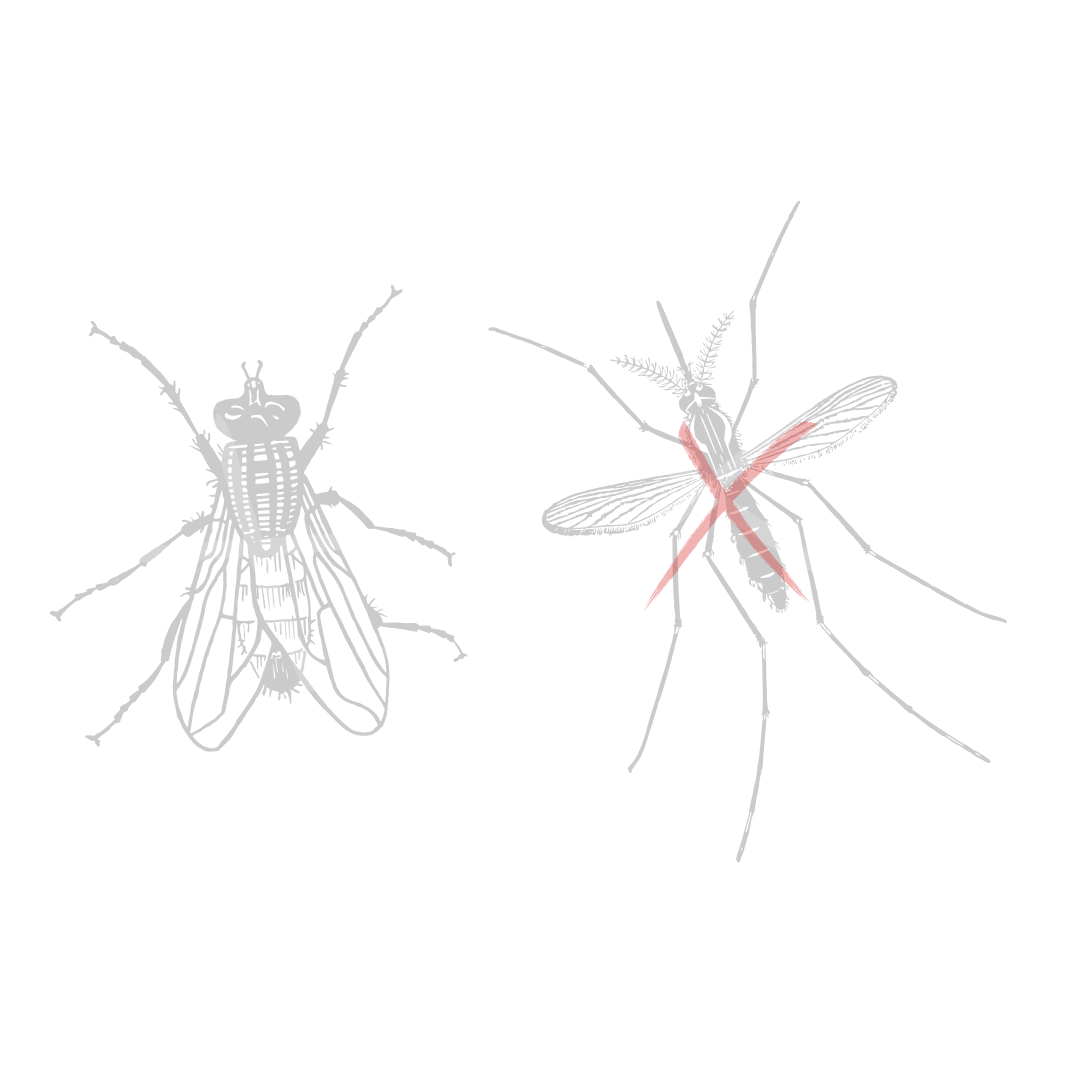
Use organic pest control methods, such as neem oil, to manage pests without harming beneficial insects or the environment.
Introducing natural predators, like ladybugs or predatory mites, can also help keep pest populations under control.
Additionally, practicing good garden hygiene, such as removing plant debris and maintaining proper spacing, can reduce the risk of pest and disease issues.
Harvesting Your Edible Plants
One of the most rewarding aspects of vertical gardening is harvesting your homegrown produce. Proper harvesting techniques help ensure continuous growth and high-quality yields.
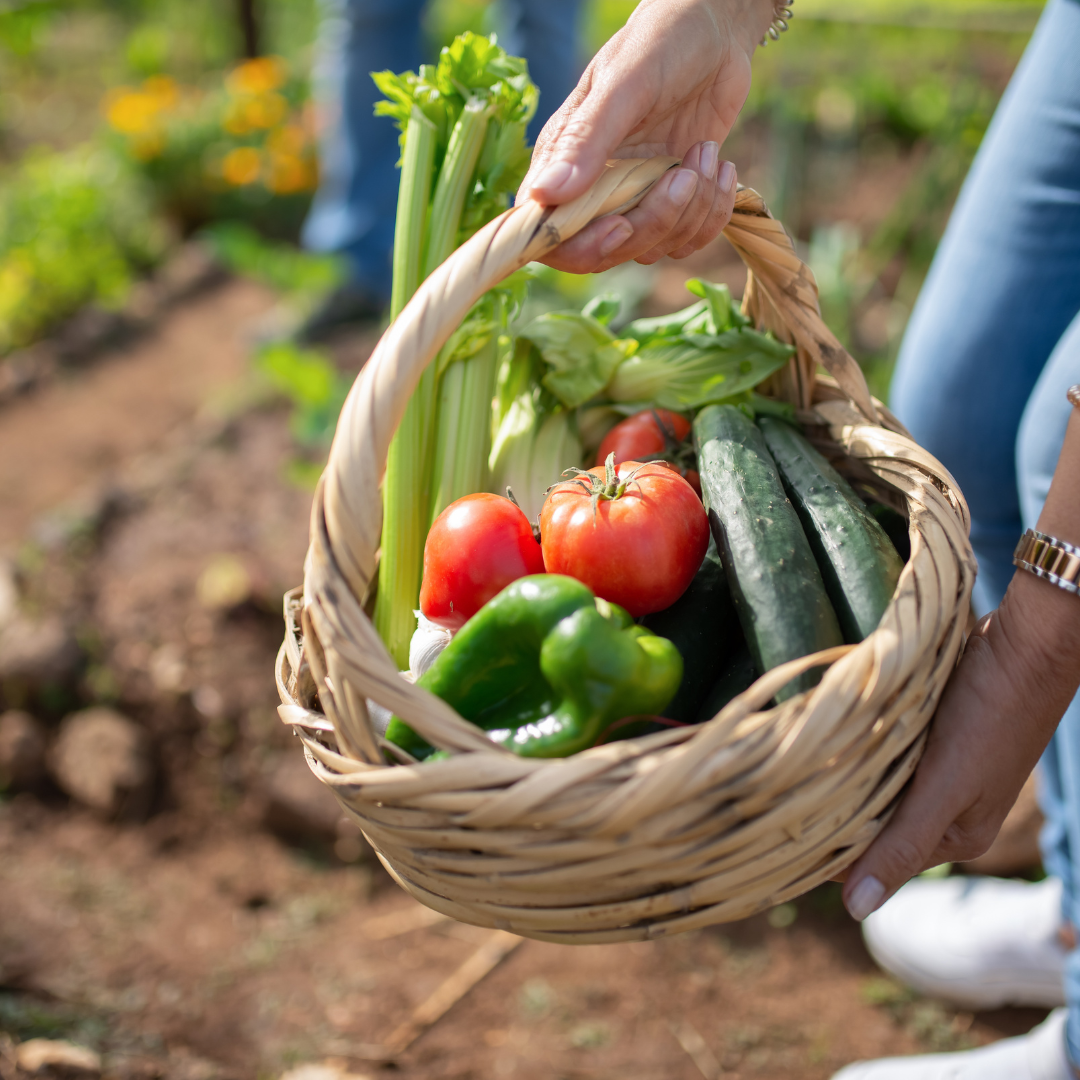
Harvesting Herbs
For herbs, regular harvesting encourages new growth and keeps the plants healthy. Use clean scissors or pruning shears to snip off the leaves or stems you need.
Harvest in the morning when the essential oils are most concentrated for the best flavor. Regularly harvesting herbs like basil, mint, and thyme prevents them from becoming leggy and promotes bushier growth.
Harvesting Leafy Greens
Leafy greens can be harvested by picking the outer leaves, allowing the plant to continue producing new growth from the center.
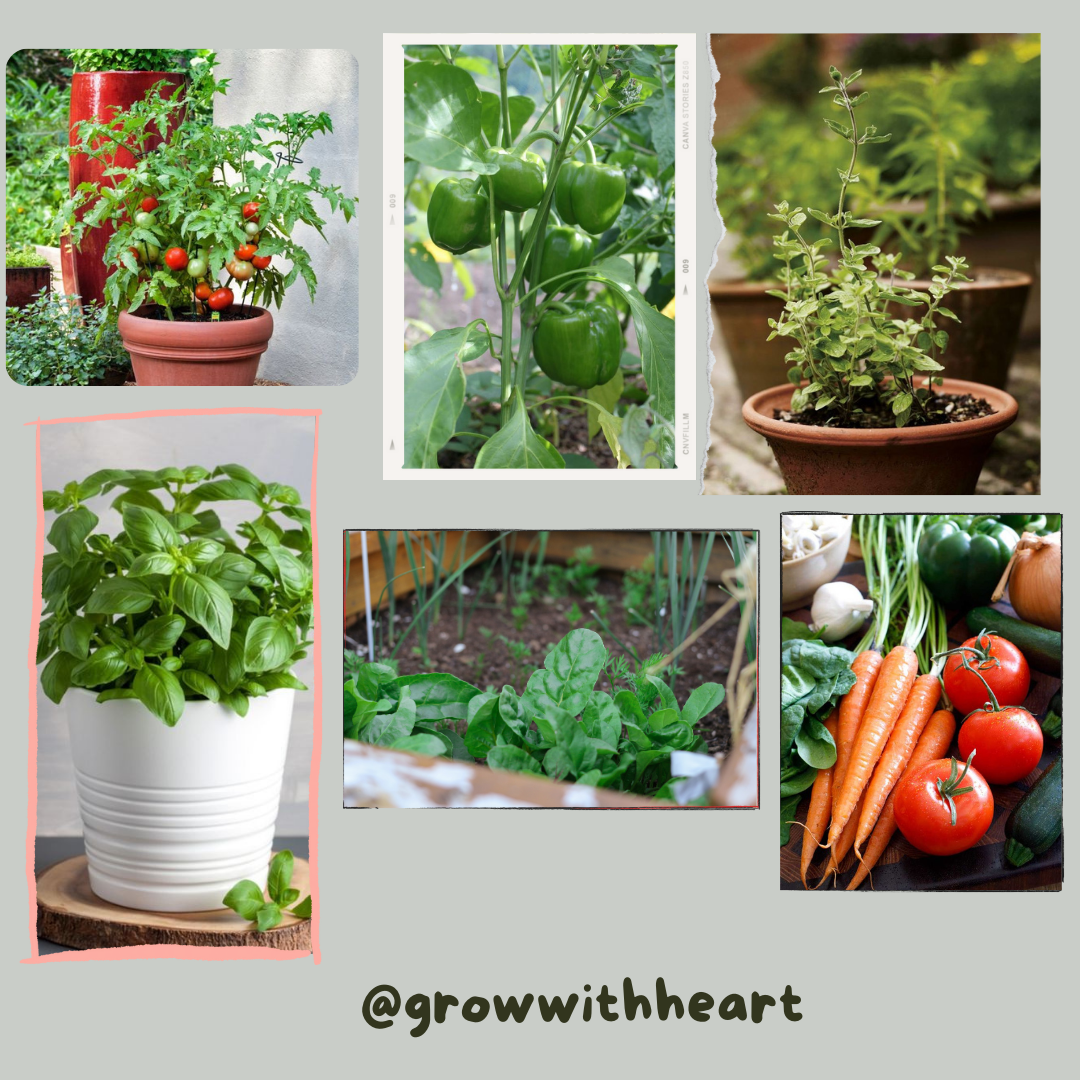
This method, known as “cut and come again,” provides a continuous supply of fresh greens throughout the growing season. Spinach, lettuce, and kale are all well-suited to this harvesting technique.
Be gentle when harvesting to avoid damaging the plants, and use clean tools to prevent the spread of diseases.
Harvesting Vegetables
Vegetables like tomatoes, cucumbers, and peppers should be harvested when they are fully ripe for the best flavor and nutrition.
Tomatoes should be picked when they are firm and brightly colored. Gently twist the fruit off the vine to avoid damaging the plant. Cucumbers are best harvested when they are firm and green before they start to yellow or become overripe.

Cut the cucumbers from the vine with a sharp knife or scissors.
Peppers can be harvested at any stage, but their flavor and sweetness improve as they ripen. Use clean shears to cut the peppers from the plant, leaving a small portion of the stem attached to the fruit.
Harvesting Small Fruits
Strawberries and dwarf blueberries can be picked as soon as they are ripe and ready to eat. Strawberries are best harvested in the morning when they are cool and firm.
Gently pull the berries from the plant, leaving the green cap attached. Dwarf blueberries should be fully blue and come off easily when gently tugged.
Regularly harvesting your small fruits encourages the plants to produce more fruit and ensures you enjoy the freshest, most flavorful produce.
Environmental Benefits of Vertical Gardening
Vertical gardening offers numerous environmental benefits beyond providing fresh produce. It helps improve air quality by increasing the number of plants that absorb carbon dioxide and release oxygen.

Vertical gardens can also reduce the urban heat island effect by providing shade and cooling the air through transpiration. Additionally, growing your own food reduces the carbon footprint associated with transporting produce from farms to stores.
By practicing organic gardening methods, you can minimize the use of harmful pesticides and fertilizers, promoting a healthier environment.
Challenges and Solutions in Vertical Gardening
While vertical gardening offers many benefits, it also presents some challenges. Limited root space can restrict the growth of some plants, so it’s important to choose compact varieties and provide adequate soil depth.
Ensuring even water distribution can be challenging, but using an efficient irrigation system like drip irrigation can help.
Vertical gardens are also more exposed to wind and weather, so selecting sturdy structures and using windbreaks can protect your plants.
Regular monitoring and maintenance are essential to address any issues promptly and keep your garden thriving.
Tips for Successful Vertical Gardening
To achieve success in edible plants vertical gardening, follow these tips:
- Plan Your Garden Layout: Consider the sunlight, wind exposure, and available space when planning your garden layout. Group plants with similar water and light requirements together.
- Start Small: Begin with a few easy-to-grow plants and gradually expand your garden as you gain experience. Herbs and leafy greens are great starter plants.
- Use Quality Materials: Invest in sturdy structures, high-quality soil, and efficient irrigation systems to ensure the long-term success of your vertical garden.
- Monitor Regularly: Regularly check your plants for signs of pests, diseases, and nutrient deficiencies. Address any issues promptly to prevent them from spreading.
- Rotate Crops: Rotate your crops each season to prevent soil depletion and reduce the risk of pests and diseases.
- Experiment and Learn: Don’t be afraid to try new plants and techniques. Learning from your successes and failures is part of the gardening journey.
Conclusion
Vertical gardening with edible plants is a practical and enjoyable way to grow your own food, even in limited spaces.
By selecting the right plants, setting up a sturdy structure, and providing regular care, you can enjoy a bountiful harvest of fresh herbs, greens, vegetables, and fruits.
Vertical gardening not only maximizes space but also offers numerous environmental benefits and enhances the beauty of your living area.
Embrace vertical gardening and transform your space into a green, productive oasis where you can enjoy the unparalleled taste and nutrition of homegrown produce.
With careful planning and dedication, you can cultivate a thriving vertical garden and experience the joys of growing your own food.
